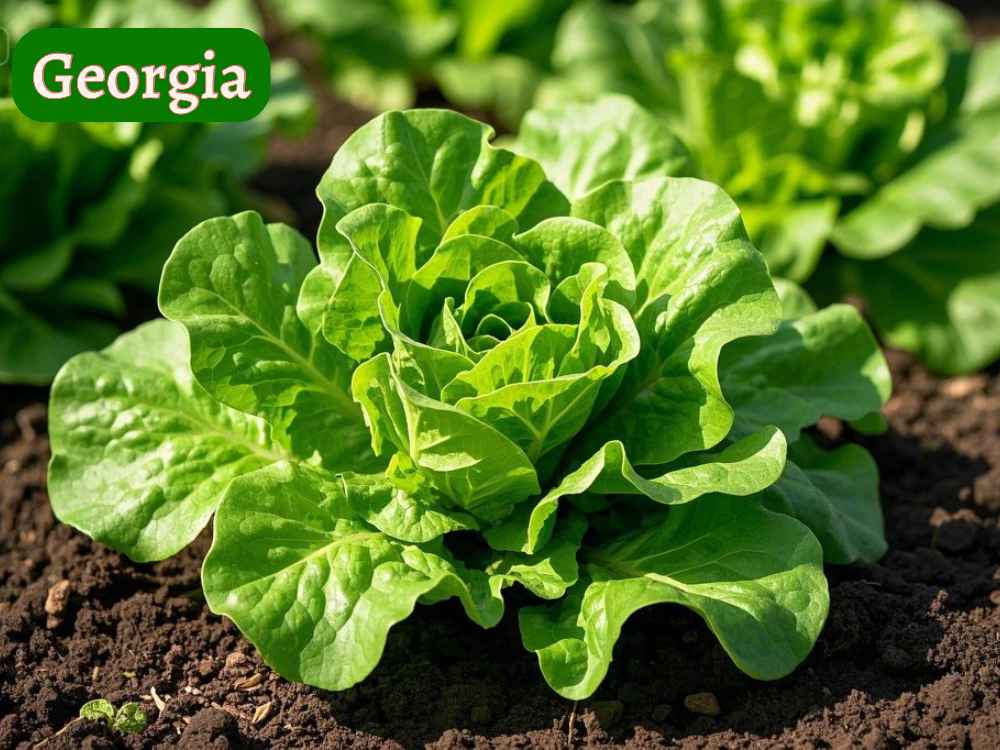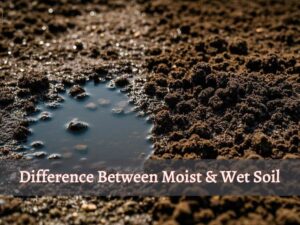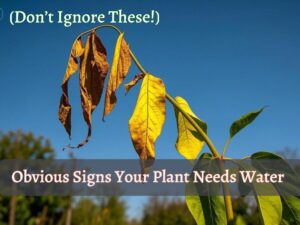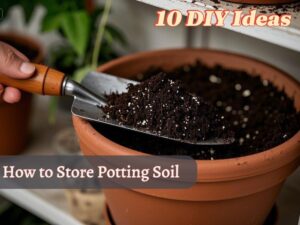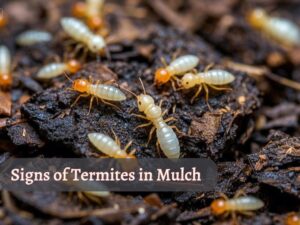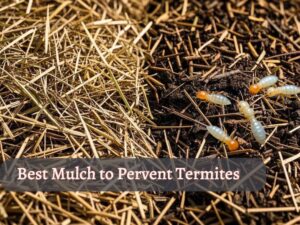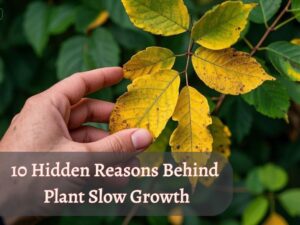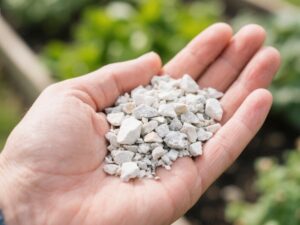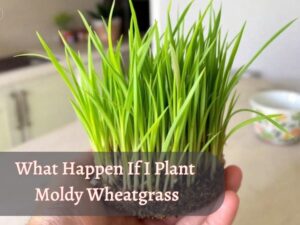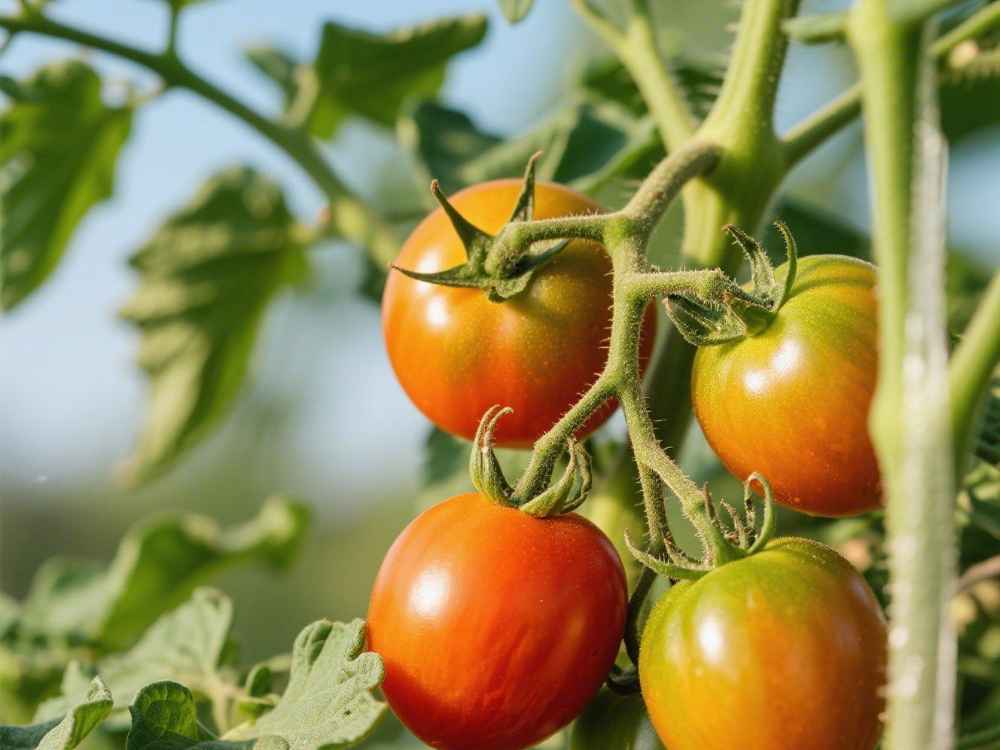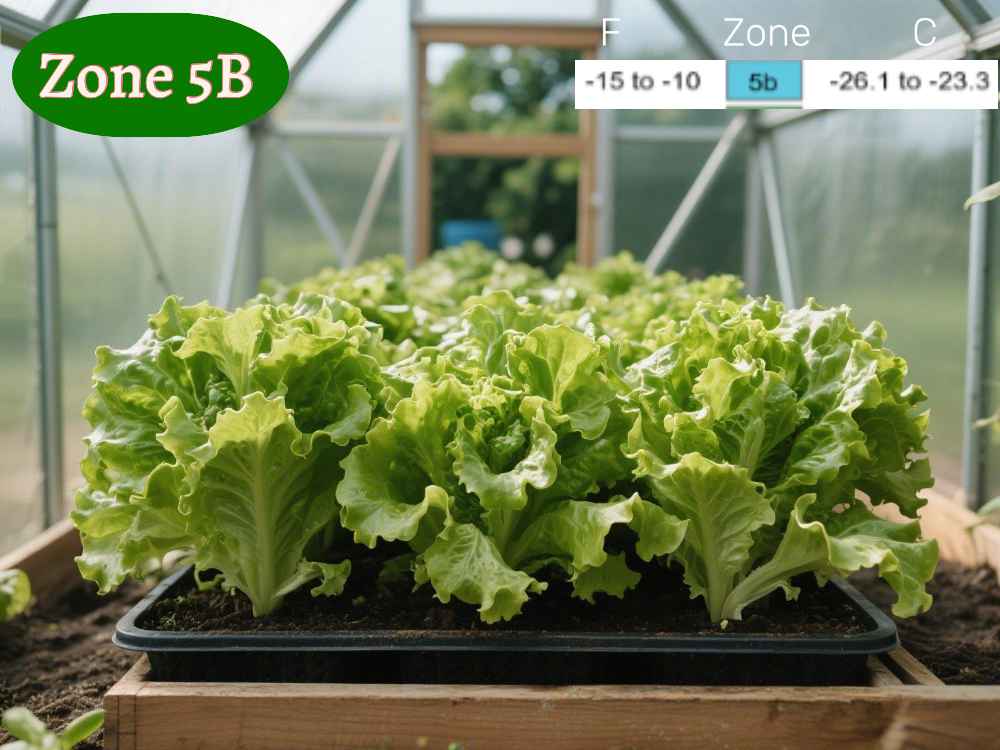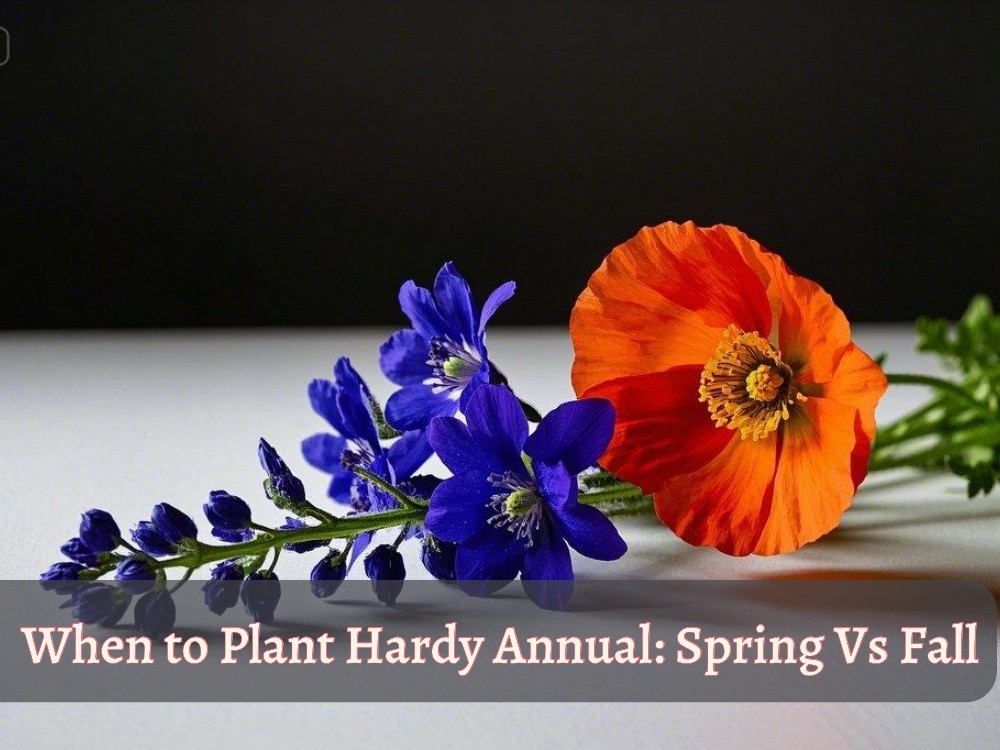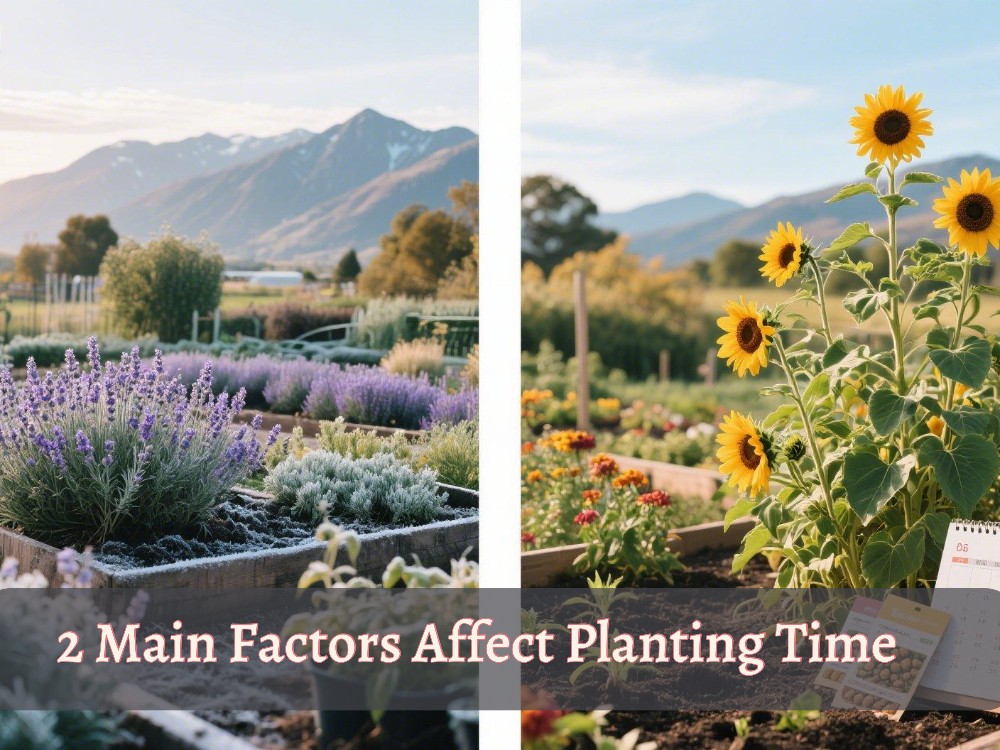Lettuce and Georgia? Honestly, they make a pretty good team, but only during Georgia’s cool growing season because lettuce is already a cool-season leafy vegetable whose crisp bite makes you want to grow it at home, right?
Two factors (plant and region) decide when to plant lettuce in Georgia. So, here, the plant is the lettuce, and the region is the Georgia. How?
See, the weather here doesn’t stay chill for long. One week it’s jacket weather the next, it’s full-on flip-flops. And lettuce? It only shows up when the temps play nice, not freezing, not boiling.
Here, you will find the ideal planting time for lettuce in Georgia, based on its growing season and frost dates. However, other things also matter in lettuce’s healthy growth.
Ideal Temperature Range for Lettuce
| Growth Stage | Ideal Temperature | Minimum Tolerance | Maximum Tolerance |
|---|---|---|---|
| Seed Germination | 60–70°F (15–21°C) | 35°F (1.5°C) | 80°F (27°C) |
| Leaf Growth | 55–75°F (13–24°C) | 32°F (0°C) | 85°F (29°C) |
| Head Formation | 60–65°F (15–18°C) | 32°F (0°C) | 80°F (27°C) |
When to Plant Lettuce in Georgia? Is its climate Well suited for This Cool-season Leafy Vegetable
Lettuce can grow well in Georgia, but only during the cooler part of the year. In most areas, you don’t need extra protection if the weather stays mild.
Lettuce can grow naturally in open soil when the season is right.
- In northern and eastern Georgia, especially in the mountain areas, the weather stays cooler for longer. That gives lettuce a better chance to grow without problems.
- In central and western parts, the temperatures rise a bit faster, but there is still a short window when you can grow lettuce without needing much help.
- As you move down to southern Georgia, the weather becomes much warmer. That warmth shortens the growing time for lettuce.
In some cases, you might need to protect the plants from heat to stop them from bolting too early.
Planting Window in Georgia for Lettuce
Unlike the general way of thinking that lettuce fits perfectly into spring and fall, it’s not that simple in Georgia.
Each region’s weather acts differently, some warm up fast, others stay cool longer. So the season isn’t the same everywhere.
And since lettuce growth stages complete fast, you often don’t get a second shot once it’s done.
That’s where succession planting helps, planting in small batches, one after another, so if one round fails or bolts, the next one might still work.
In Georgia’s shifting climate, it’s a smart move to plant lettuce according to lettuce preference and the unique climate of YOUR AREA.
Top West to Central Georgia (Zone 8a–8b) – Mild and Warmer
- Spring Planting Window:
- Start seeds early February to late February
- Transplant outside early to mid-March
- Fall Planting Window:
- Direct sow late August to mid-September
Cities: Atlanta, Macon, Athens, Augusta
You get a longer growing window compared to north Georgia, but heat picks up quickly after spring.
South Georgia (Zone 9a–9b) – Warmest Area
- Spring Planting Window:
- Start seeds mid-January to early February
- Transplant mid-February to early March
- Fall Planting Window:
- Direct sow early September to late September
Cities: Valdosta, Albany, Savannah
The growing season is long in South Georgia, but lettuce needs early planting to avoid heat stress. Shade cloth or morning planting spots are useful here.
How to Grow Lettuce In Georgia? From Basic Steps to Suitable Varieties
So, you’re thinking of growing lettuce? Good call. But don’t just grab any seeds off the shelf.
If you’re a beginner, go with Buttercrunch! It’s easy, forgiving, and doesn’t freak out when the weather shifts.
Up north or east? It loves the cool. Out west or down south? Try Jericho or Parris Island Cos: they handle the heat way better.
Just follow these 5 basic steps, keep an eye on the growth stages, and know the lettuce life cycle, and you’re already ahead of the game. One thing more: get year-round lettuce harvest by growing in a greenhouse.
Plant Care Tips
- Key Difference Between Wet and Moist Soil for Gardeners
- 4 Obvious Signs Your Plant Needs Water (Don’t Ignore These!)
- How to Store Potting Soil: DIY Ideas With Practical Steps
- All Signs of Termites in Mulc Bags, Piles, or Around Plants
- Top 7 Mulch to Prevent Termites: Pine Straw vs. Other Mulch
- 10 Reasons Your Plants Aren’t Thriving in Their Environment
- Limestone in Agriculture: Why Calcium Carbonate for Soil Matters
- What Happens If You Plant Moldy Wheatgrass: Risk and Solution
- How to Store Bulk Garden Soil: Learn From Common Mistakes
